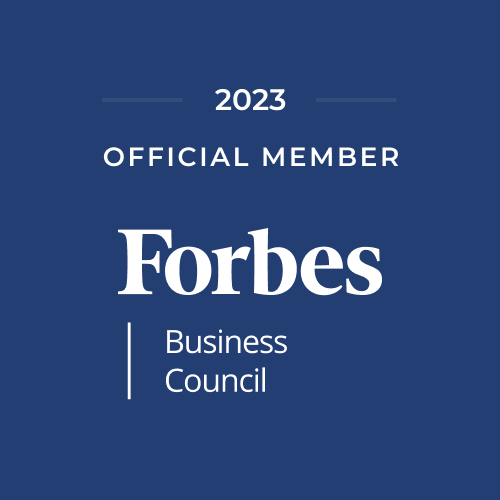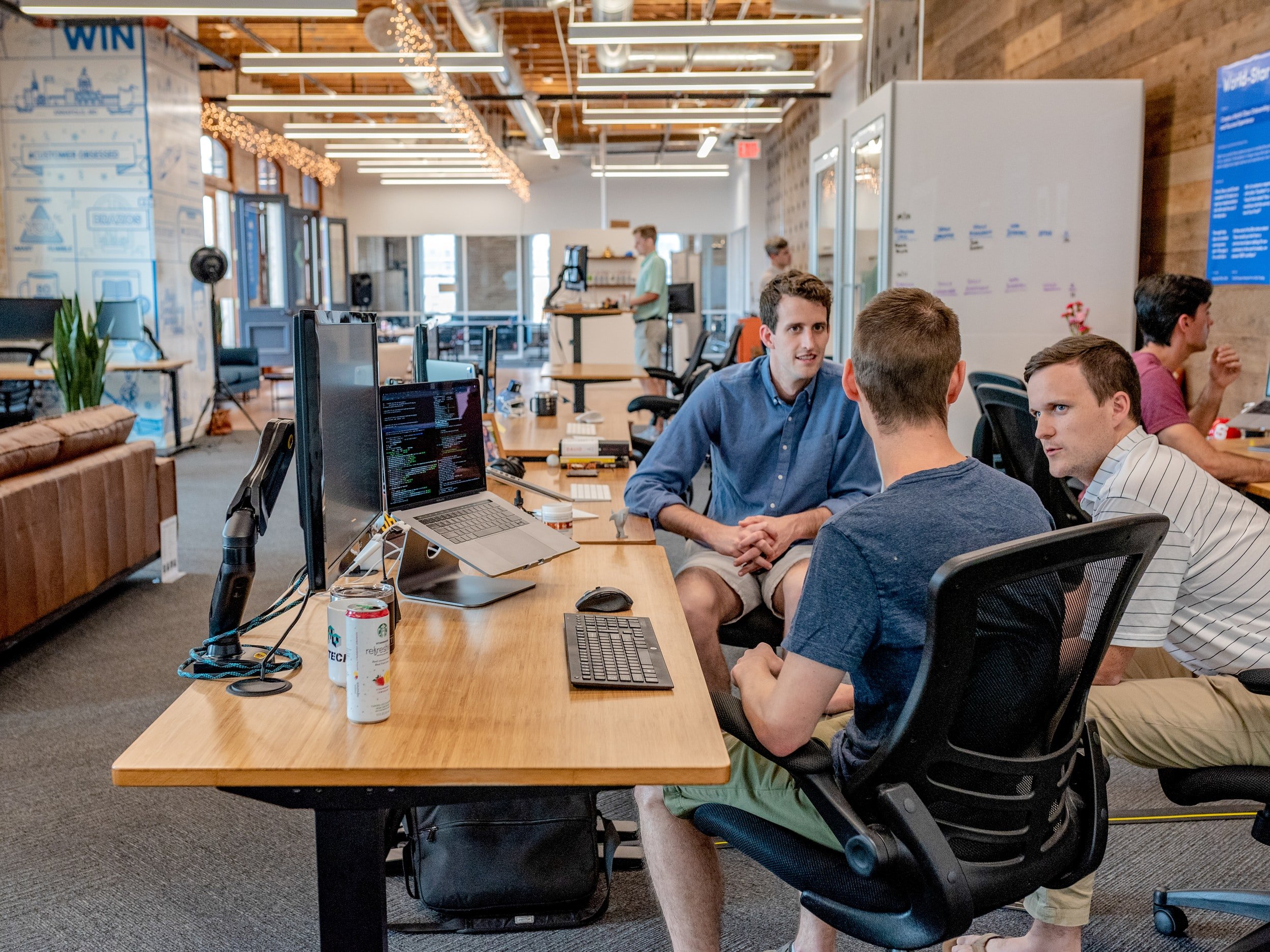Power Reads: 5 Interesting Articles That Will Help You This Week
/Each week, I select a few articles that rise above the fray and hopefully help you on your journey in leadership and the CRE world. They pull from one of four "corners": corporate real estate, technology, management science and anything positive. Each day we can become a better version of ourselves.
1. Don’t Return to the Office for Your Boss. Go Back for Yourself.
In the conversation about returning to in-person office work, it sometimes seems like bosses and workers are operating in different realities.
“Many young workers on the first few rungs of their career ladder do not see offices as welcoming places, buzzing with collaboration and mentorship, despite what their bosses promise.”
Meanwhile, many senior executives are mystified by calls for change to office systems and cultures that, from where they sat, looked like they were working just fine.
2. Google’s Future of Work Plans are a Bright Spot for the Office Market
Google has always been a believer in the power of the office. And when giant, innovative companies like Google make waves regarding the workplace, whether it’s their design or strategies, many corporate occupiers follow suit. An example of this is open-plan offices. The roots of the much-maligned design go back further than many think, but Google popularized the concept in 2005 when they reinvented their HQ. Since then, open-plan offices have become the norm for many corporate occupiers, though that could change soon because of the intense backlash against them.
“Because of Google’s outsized influence on office trends, it’s no surprise that landlords, occupiers, and investors are closely tracking their plans for the future of work. Since the pandemic started, Google has struggled like many companies to get employees back to their desks. Nevertheless, Google’s investments in office space and persistent push from top executives for a return to the office signal that the tech giant has not given up on the office by any means whatsoever.”
In April, Google announced it would spend $9.5 billion in the U.S. on offices and data centers and open at least 12,000 new full-time jobs by the end of 2022. At the time, Google said the office investments would be spread out nationwide, going toward new construction and building out existing spaces. New spaces would include offices in Atlanta, Austin, and Portland as well as upgrades to their existing offices in Pittsburgh, New York, and Cambridge, Massachusetts.
3. WeWork Offices Are Now Just as Full as They Were Before the Pandemic
WeWork Inc. said offices were 72% full at the end of the second quarter, matching the occupancy rate from before the Covid-19 pandemic in late 2019 for the first time.
“WeWork’s occupancy rate — the percentage of its total desks that were rented out — dropped dramatically during the first year of the pandemic, when many tenants canceled their rental contracts and decided to work from home. That metric hit its low point of 46% a year later.”
The company pitched a turnaround story when it went public last year in a blank-check merger. WeWork’s buildings have slowly filled back up. WeWork management has maintained that more customers are drawn to its flexible office space offering as they attempt to figure out long-term real estate strategies in a new world of hybrid and remote work. It now has 62,000 subscriptions to its All-Access pass, a product that allows customers to book space for shorter increments of time.
4. Remote Work Is Over In These Markets — And Here's What They Have In Common
While bosses and workers continue to wrestle over workplace return policies in the largest U.S. employment hubs, in midsized and small cities, employees are largely back at their desks full time.
“The return to the office has been far more robust in places where the government-mandated lockdowns were shorter and where people use cars to commute, The New York Times reports, citing research led by economists Steven Davis, Nick Bloom and Jose Maria Barrero.”
Specifically, they found in cities with fewer than 300,000 people, the percentage of full-time, paid work-from-home days fell to 27% in spring, down from 42% in October 2020.
5. Ask for What You Need at Work
I was two years out of graduate school when I was offered my dream job. It had almost everything I wanted: work in a field I loved in a mission-driven organization, an impressive title, smart colleagues, global travel, professional development opportunities, and an easy commute from my home in New York City.
“But it was missing two things I had hoped for in this next professional move: a third week of vacation and an additional $10,000 in salary.”
I reached out to the hiring manager with my requests, and a few days later, she called me back: “I’ve been told that I can offer you one or the other — the vacation time or the salary bump. Which one is more important to you?”
Your success blesses others. I wish you a great and hugely impactful week!





































































































